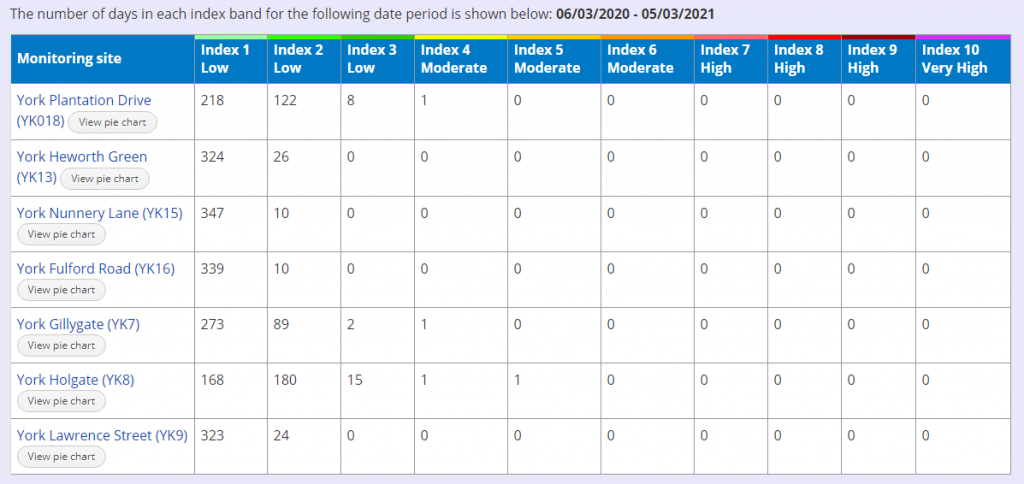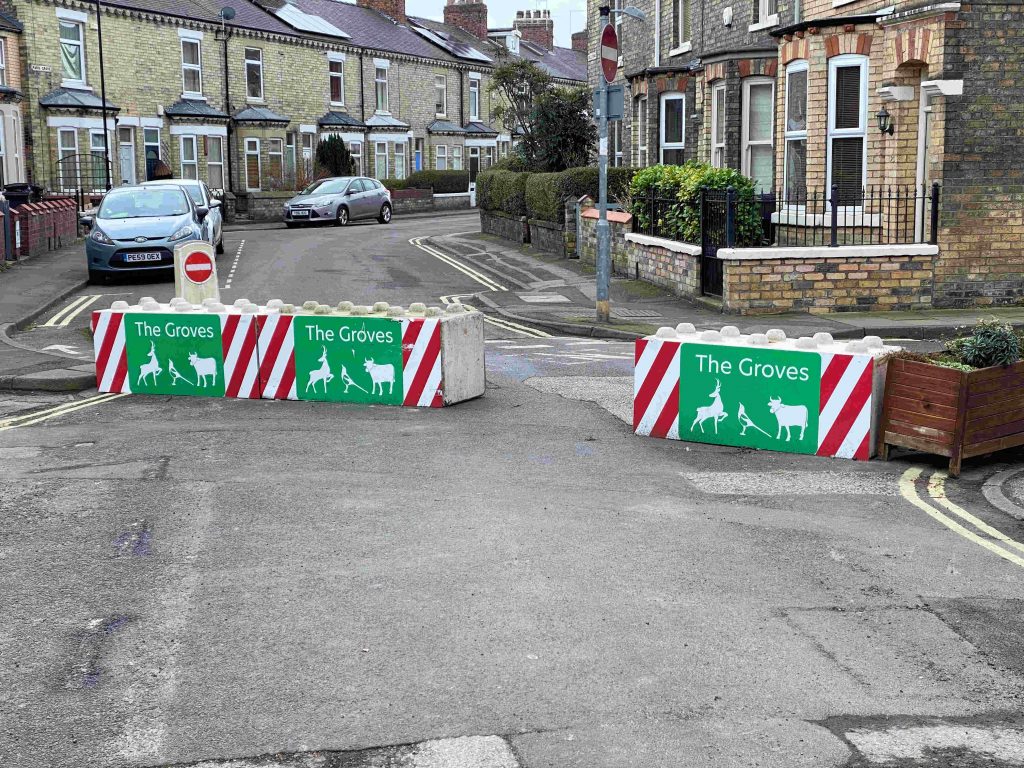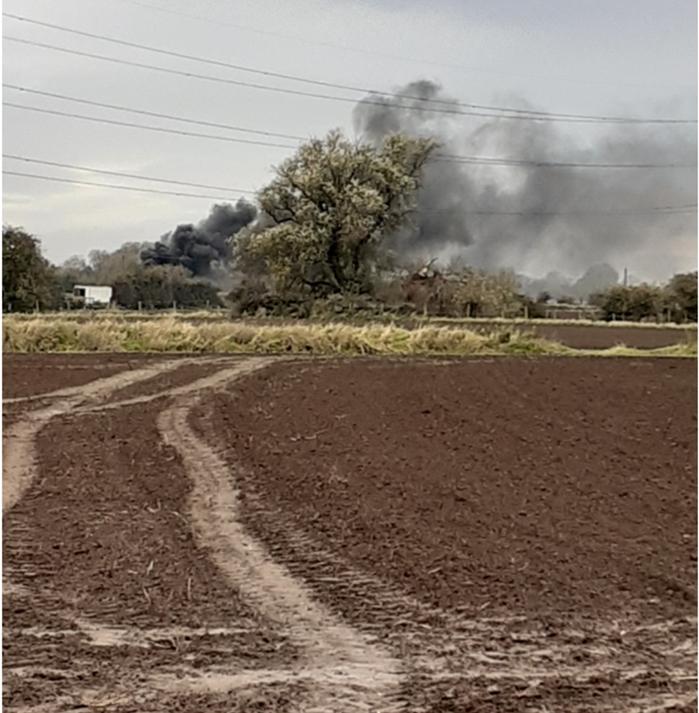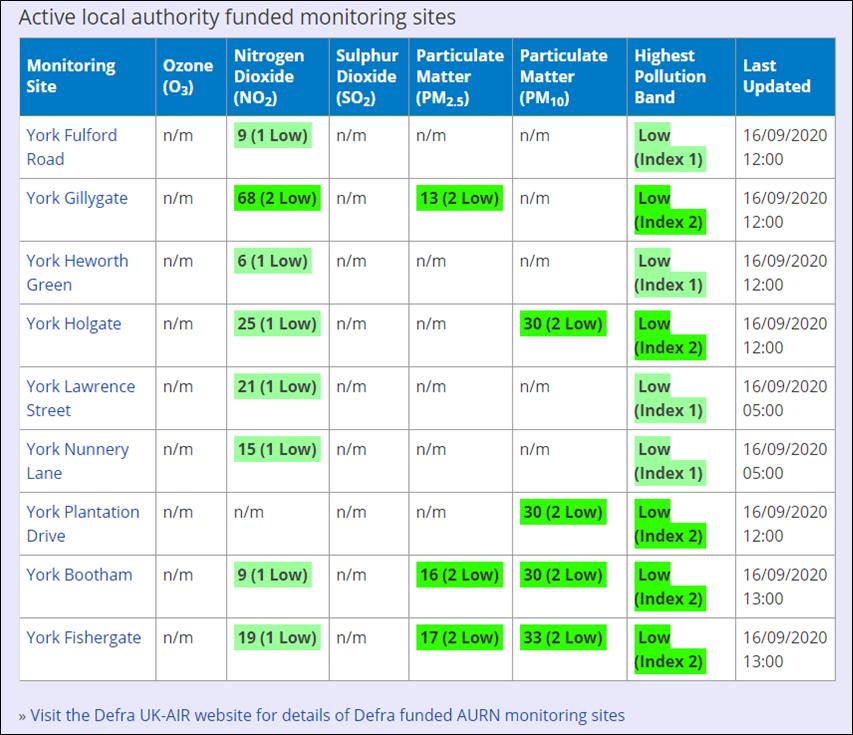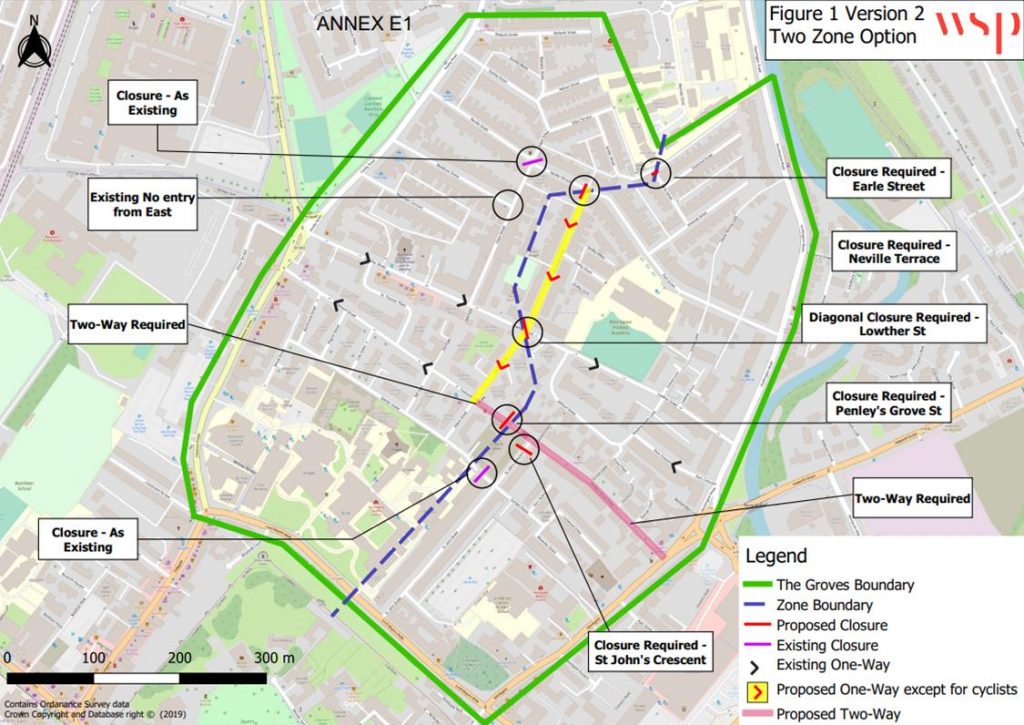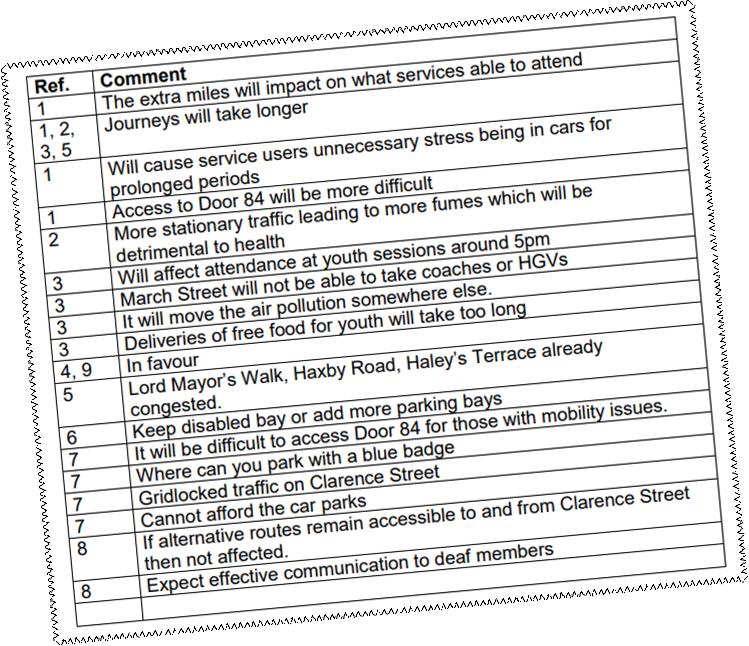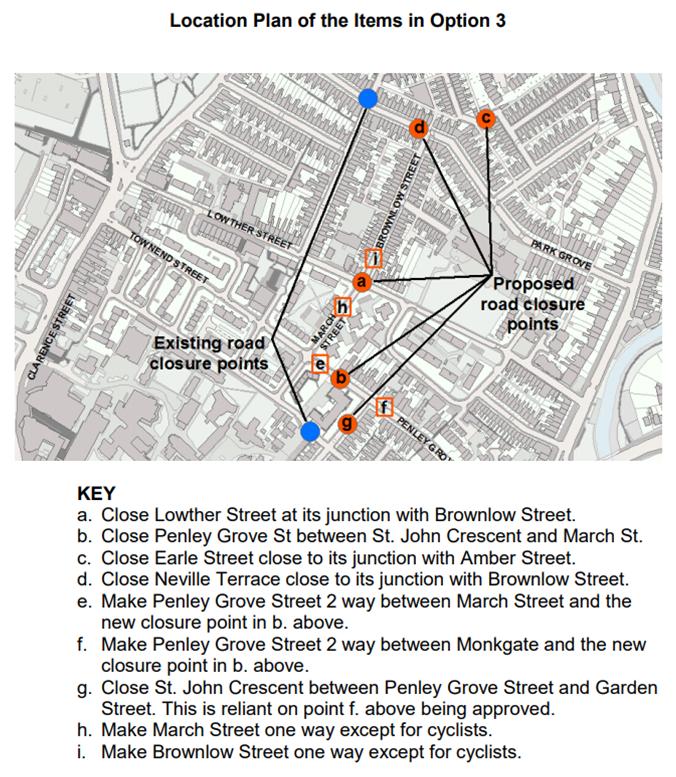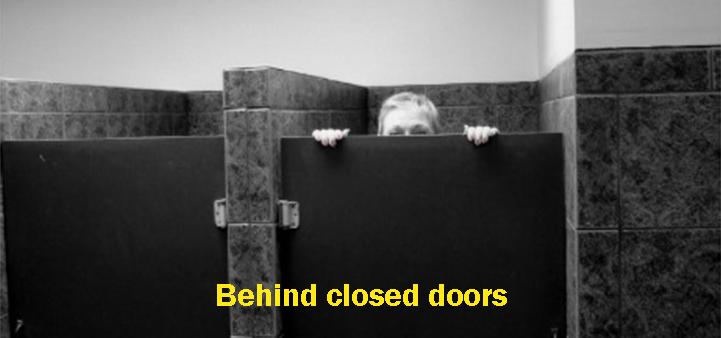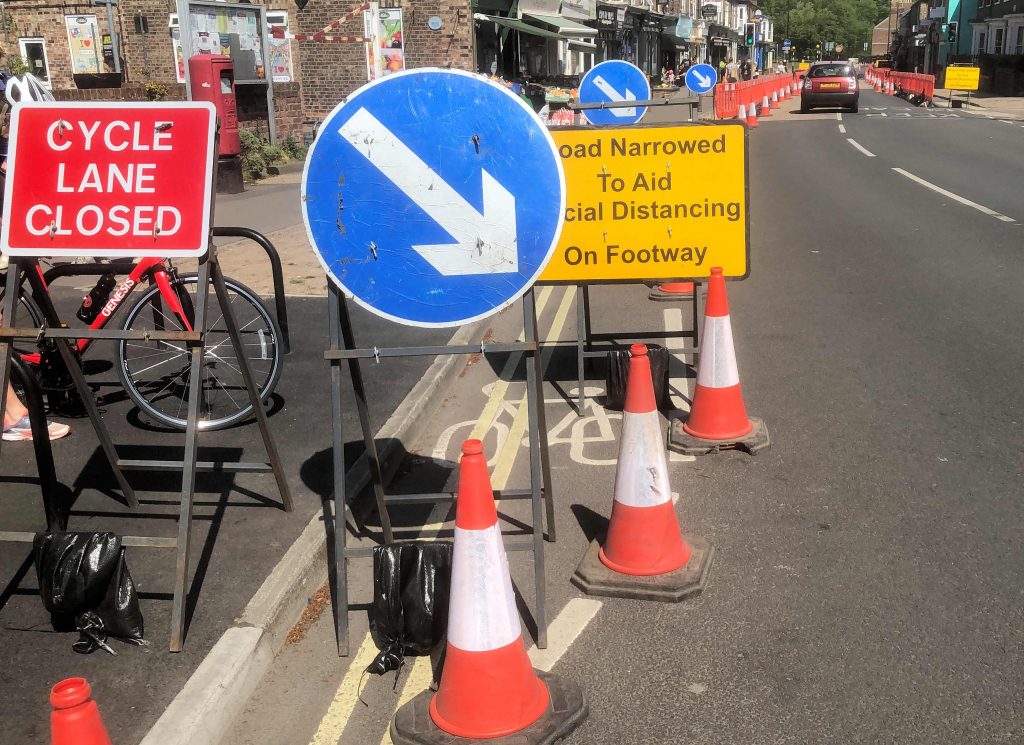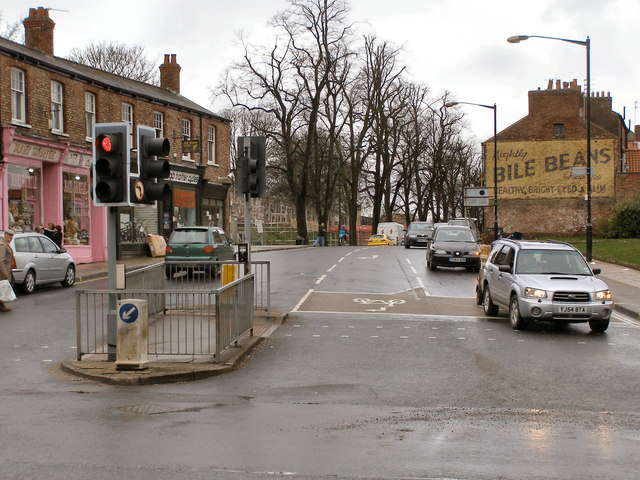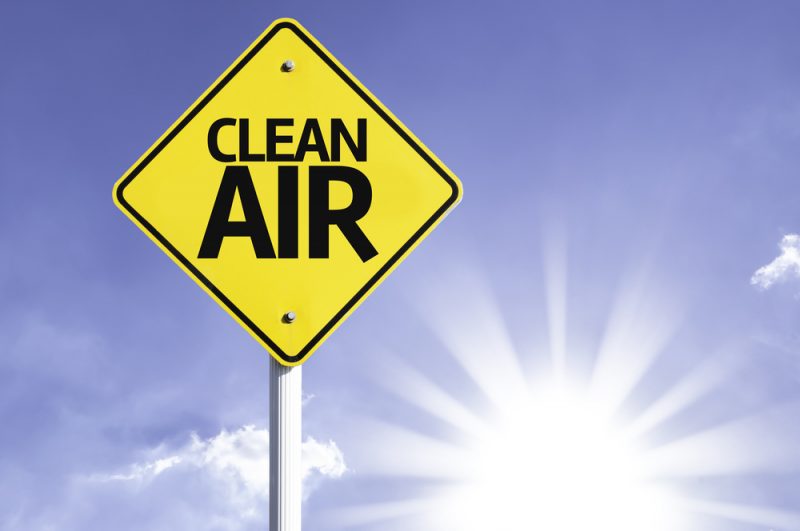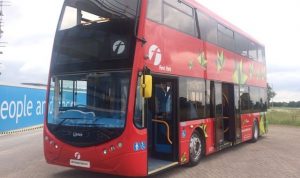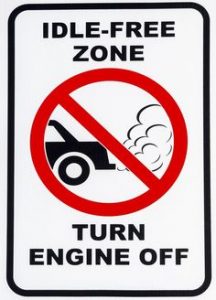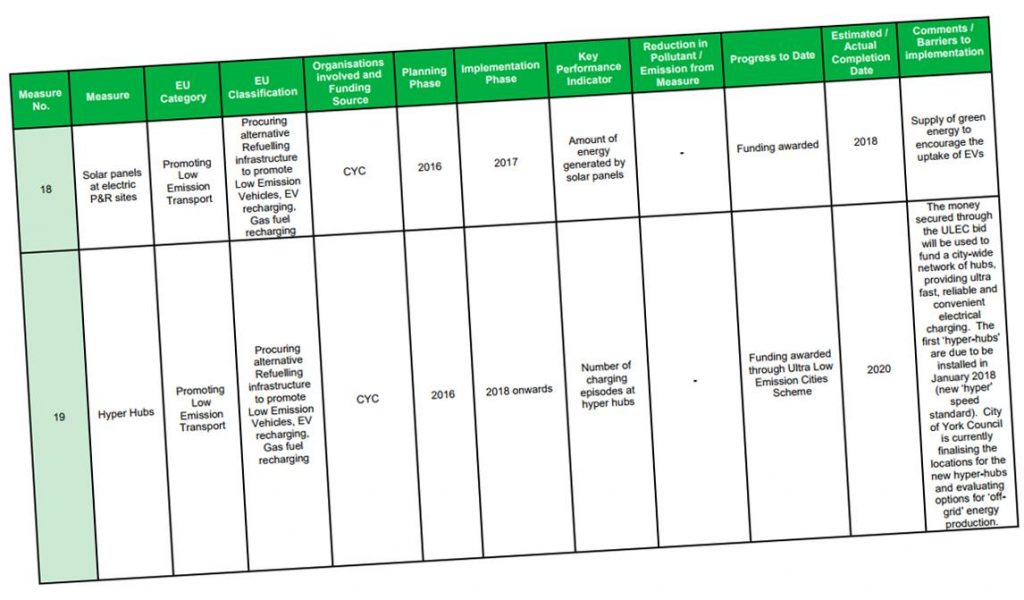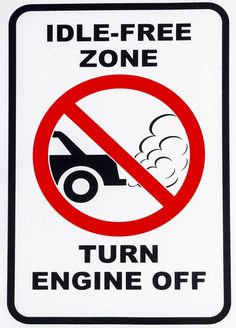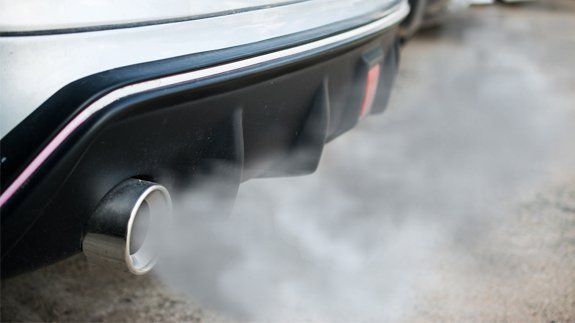
A couple of months ago the York Council was forced to reveal the age of the equipment in its 471 strong “fleet”.
The “fleet” contains a wide variety of machinery including chain saws, blowers and hedge cutters.
The actual number of vehicles is 267.
This includes schools (not academies), Dial & Ride who are owned by York Wheels and Travel Management vehicles.
Some were first registered as long ago as 2008. In effect this
means that they predate the introduction of more stringent emission standards.
Of the vehicles listed the oldest was a 1996 John Deere tractor. There is also a 2003 Ford panel van still in service.
The fleet also includes some 12-year-old Citroen passenger
cars.
One low emission car – a 2018 Toyota hybrid – was sold off recently.
Some refuse collection vehicles are 10 years old. This
probably helps to explain the unreliability of some bin emptying services during
the summer months.
Some of the vehicle fleet is leased. Much of it has, however,
been directly purchased by the Council.
The Council was challenged earlier in the summer about their plans to more to a low or ultra-low emissions fleet. At that time, the Council had no low emission vehicles. 242 of its fleet were diesel with 194 predating the latest Euro 6 emissions standards.
The Council says that new vehicles should be arriving
shortly for the Building Services vans and highways fleet. There has been no
public committee review of the Councils fleet management policy.
The Council also says,
“Currently there are no manufacturers in the HGV sector leading on alternative fuels but with government backing hopefully this will change. In the next 2 years we will hopefully have all HGV’s to euro 6 standard as a minimum. The next time we replace these vehicles hopefully there will be an alternative to diesel for HGV’s”.
The Council is hoping to borrow and assess electric vans, 70
of which have recently been procured by the Leeds Council.
The Council hasn’t yet signed on to the “clean van commitment”. https://www.globalactionplan.org.uk/clean-air/clean-van-commitment
It is however promoting a clean bus commitment.
“We are taking forward a comprehensive programme to
reduce emission levels from buses in York. City of York Council is introducing
a non-statutory Clean Air Zone in January 2020. This requires all buses using
or crossing York’s Inner ring road more than 5 times per day to achieve Euro 6 emissions
compliance. We are also introducing a local Traffic Regulation Condition to
impose a 2-minute maximum on idling at bus stops”.
The Council has yet to consider the introduction of a “School streets” exclusion zone anywhere in York. The zones ban motor vehicle use near schools.
We think that, having established a “climate committee”, that body should have addressed the issue of the Councils own outdated commercial vehicle fleet by now.
